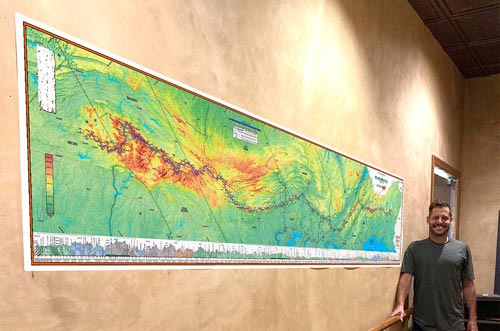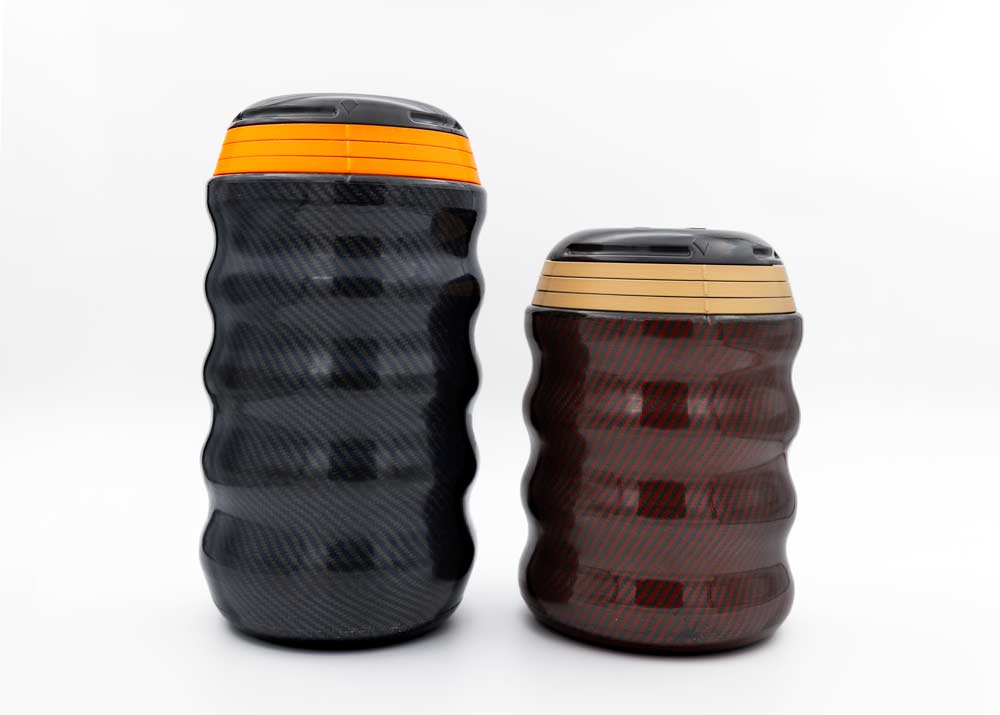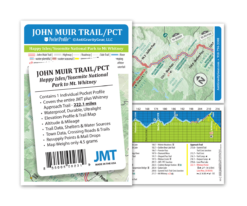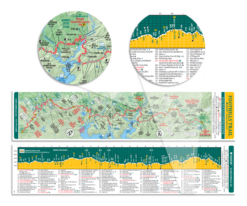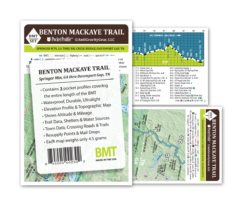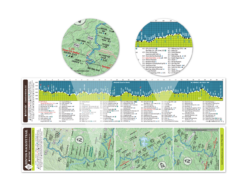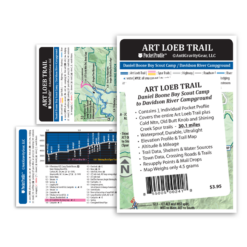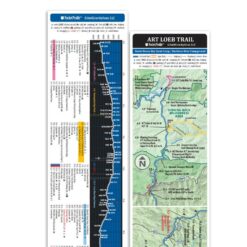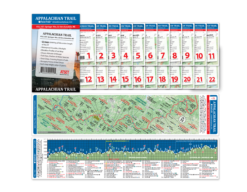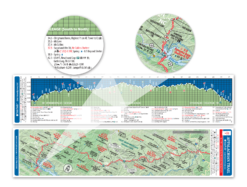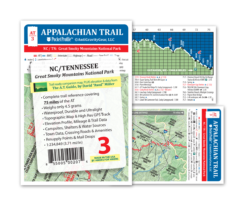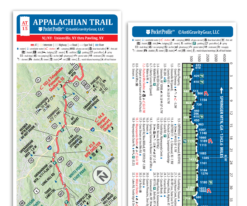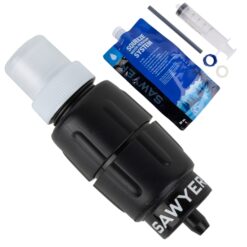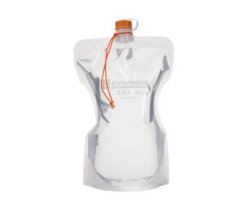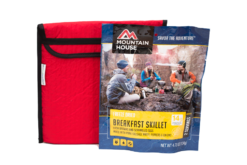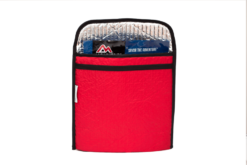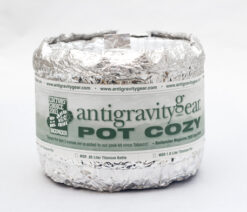Pro Tips
5 Ways to Hone Your Hiking Skills at Home
Practice Pitching & Striking Camp
Do it from start to finish until you can set it up and strike it in your sleep. Then break out the lawn sprinkler and practice pitching in the rain. Advanced skill set: practice pitching without tent stakes… backpack long enough and you’re likely to need this skill as sometimes stakes get lost or ground is not always ideal for using stakes. If you have one of the Six Moon Shelters, you can find set-up instructions on our product pages.
Learn Your Knots
Knowing your knots can go a long way to lighten your load as a well tied knot can eliminate your need for hardware. An extra 15 ft of Spectra in your pack can go a long way towards being the most valuable 0.3 oz in the pack of a hiker armed with a good arsenal of knot tying knowledge. Create pull outs for your tent or tarp, create a laundry line with self tensioning loops, secure gear to the outside of your pack, lengthen a guy-line to pitch in a tricky spot, hang your water bladder upside down with a sawyer squeeze to create your own gravity filtering system… the possibilities are endless. NetKnots.com is a great website with 100’s of knots to perfect. Carry a a What Knot Bandana featuring diagrams of some of the most useful knots in case you need a refresher.
Dehydrate Some Trail Meals
We love the flexibility of making our own meals. With control over personal taste, macronutrients, and salt content, cooking on the trail can be a downright pleasant experience. Properly dehydrated food will keep anywhere from 3-10 years if properly prepped, dehydrated, and stored. So, break out the dehydrator and take a crack at converting your favorite at home meal to enjoy on the trail. Here are some great tips.
Make a Pot or Pouch Cozy
Since we’re talking dehydrated meals, you might as well make yourself a cozy. A pot our pouch cozy can save you ounces and ounces of fuel. Simply boil your water, add your dehydrated meal, and seal it in your cozy. The cozy will do all the cooking without having to simmer your food with fuel for a full 15-30 minutes. It’s not hard. Here is a video of Tin Man showing you how. You may have some materials hanging around your garage, if not we have you covered. All the supplies you need to make up to an 8″ pot cozy are in our Pot Cozy Kit.
Study for Your Next Hike
- Whether you are section hiking or thru-hiking, you are going to have to get to the trail and be able to return to your car. Identify parking areas or road crossings at both ends of the section of trail you want to hike where you access to and from the trail.
- Identify Likely Campsites: Once you’ve found the section of trail you want to hike, identify the places you will stop each night.
- Study up: Each park has different guidelines for permitting, fires, bear proof containers, stove types, to name a few. Go to the main website for the trail maintainer to make yourself aware of what is required for the section of trail you will be hiking.
We have plenty of trail guides and maps to get you started. But, be sure to visit state park and trail maintaining websites for the latest updates, conditions, and requirements.
Give Yourself a Gear Shakedown
Whether you’re a new hiker or have been hiking for years, there is nearly always room for improvement on your base-weight. Lay out your gear and decide what can stay behind or improved upon. Use your kitchen scale to weigh each object, and research gear that might weigh less and or may serve multiple purposes. Create a spreadsheet that can help you keep track of your base-weight or use a free online resource like LighterPack.com.


